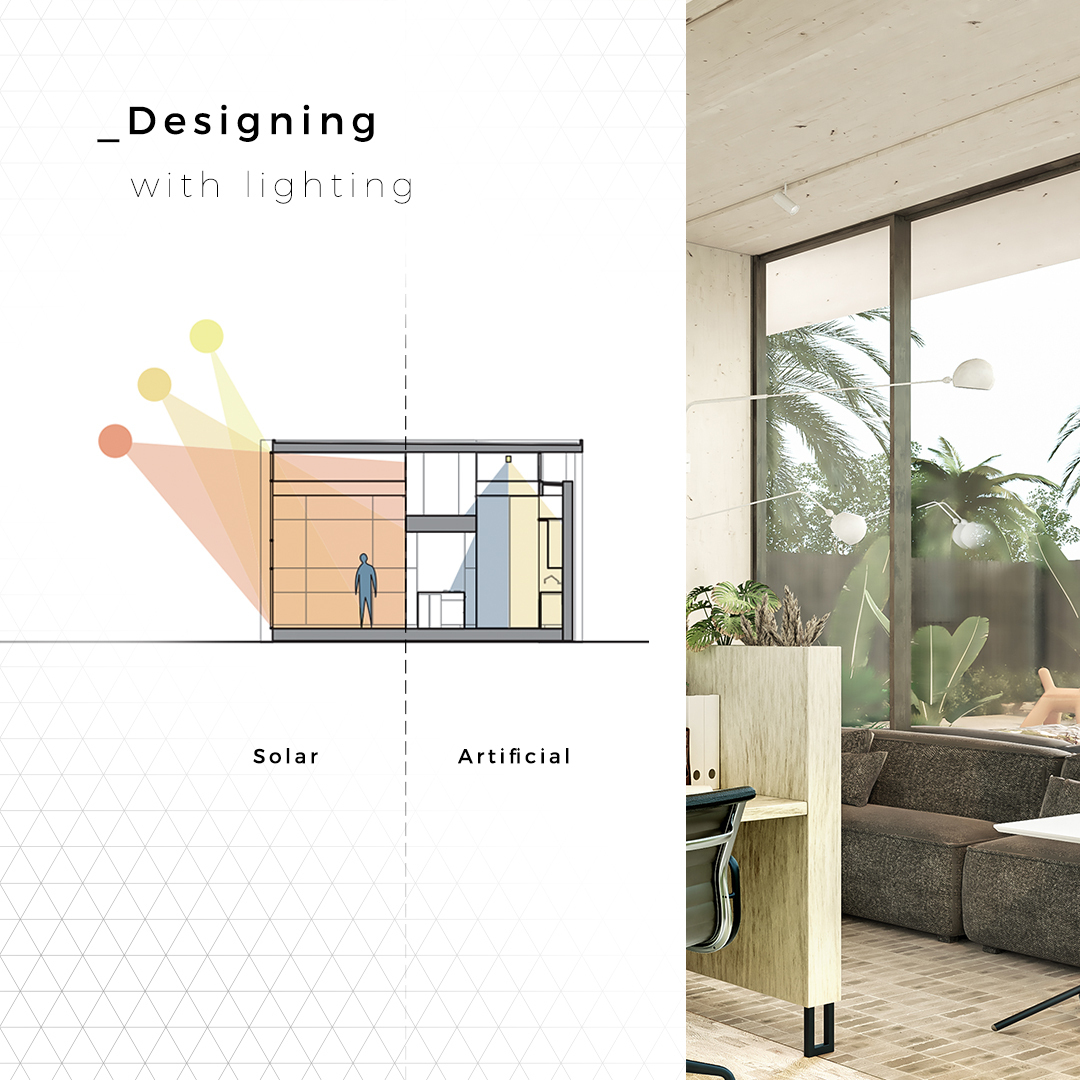When you think of the word “design,” you likely consider the larger, bolder design elements of a space: furniture, lines, colors, and more.
However, one subtle aspect of design has more of an impact than any of these: lighting. The right indoor or outdoor lighting ideas bring a space into balance, creating an aesthetically pleasing design that can’t be created with other design elements alone. No matter what kind of space you’re considering, here are a few points to keep in mind about the importance of lighting.
The Psychology of Light
Humans have a fundamental need for light. We’ve long known that spending time outside in natural sunlight has an immense impact on our health, both physical and mental. From increasing mood to boosting productivity, sunlight is critical. The intensity of a light source has even been shown to affect the relative intensity of our emotions.
On a biological level, we need natural light to absorb the essential vitamin D, and it also helps us manage our sleep-wake cycles—which is why too much artificial light can have an adverse effect on our health.
The balance between natural and artificial light, then, is something designers must factor into each project. Because light has such a critical, if subtle, effect on our health and well-being, creating thoughtful spaces requires a deep understanding of the lighting and space within.
The Impact of Lighting in Design
With psychology in mind, it’s worth noting that lighting in general—both natural and artificial—can have a broad impact on the overall appearance of any interior or exterior space. The most beautiful room can carry an air of starkness and gloom in the wrong light, and even a space with a mediocre design can appear more brilliant and welcoming with quality lighting.
Light can be used to cultivate an atmosphere of comfort and positivity or to create a dramatic and bold focal point. It can highlight essential elements of a space or it can contribute to the safety and security of an exterior area. Seamless integration of lighting is a key point of the design of any project.
Pairing Light With Open Spaces to Create Focus
If lighting is the key to our perception of an area, open spaces are what allow us to focus on what we perceive. Returning to the topic of psychology, it’s worth noting that the mind requires negative space as breathing room in any form of design. Like an eloquent pause, the absence within an area can allow other parts of the space to stand out, so the clever use of them is key to any design. This is especially true when paired with proper lighting, as the combined use of both can attract the eye to certain design elements over others, creating a sense of visual harmony for viewers.
The choice of lighting and negative space are some of the most important decisions a designer will make. Whether the goal is to eliminate distraction, enhance the effect of a design element, or affect the emotional state of viewers, lighting and open space can create striking effects for both interior and exterior design. With our expertise in lighting design, our team can create well-balanced harmony in any space, so contact us to learn more about what we can do.
Home.










